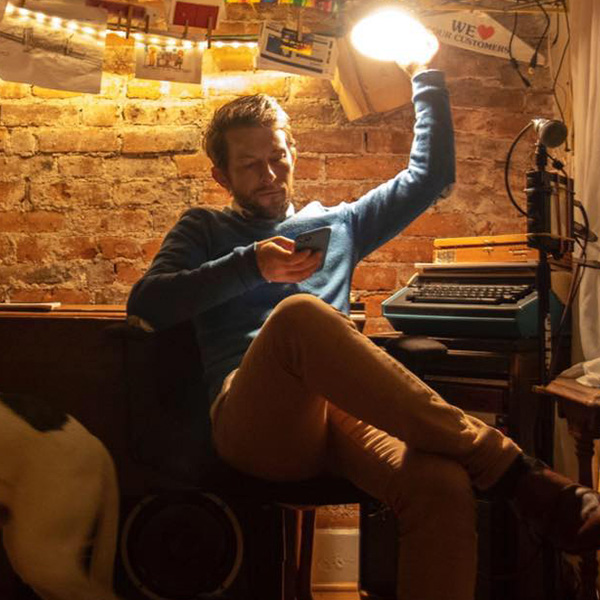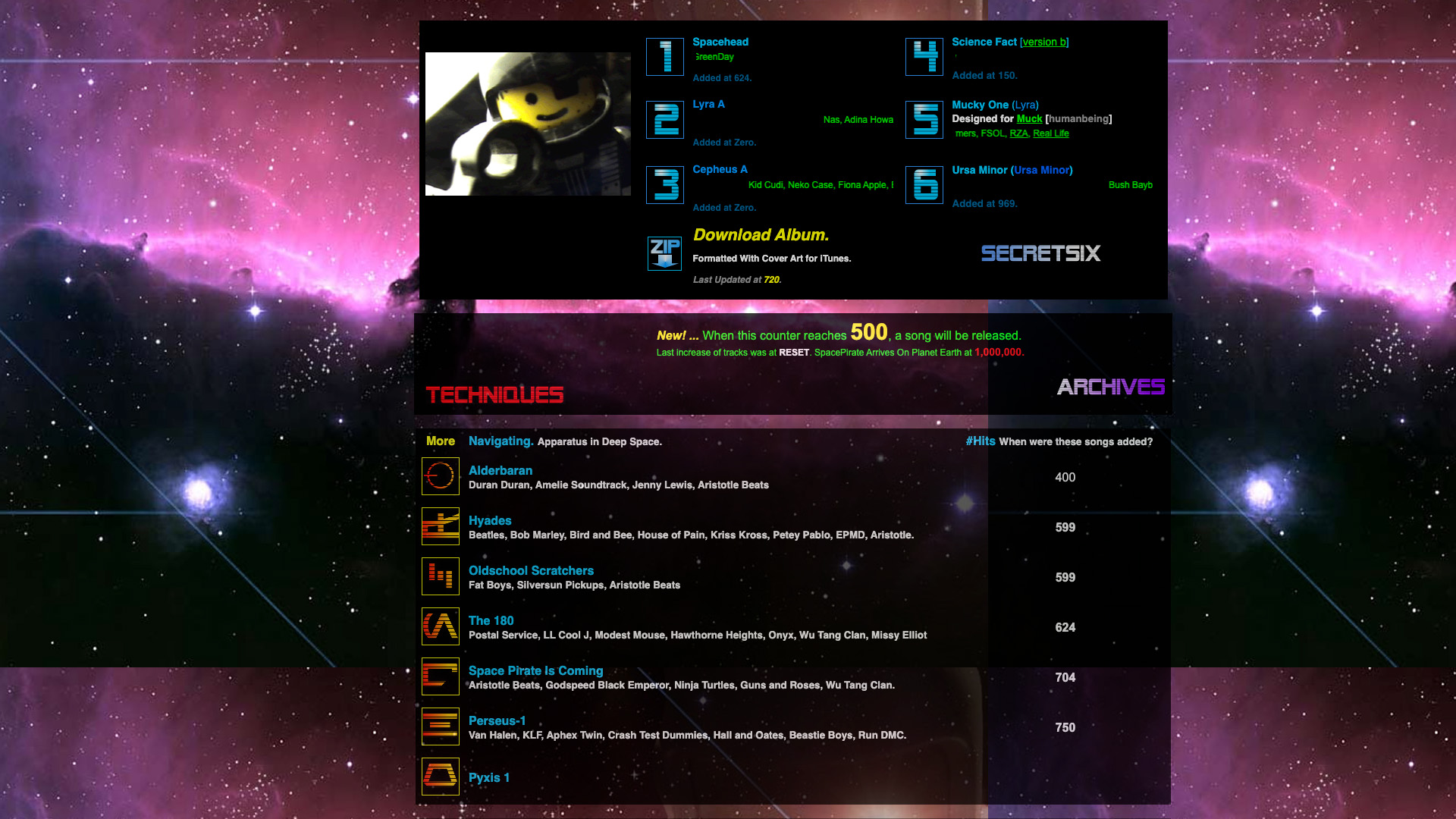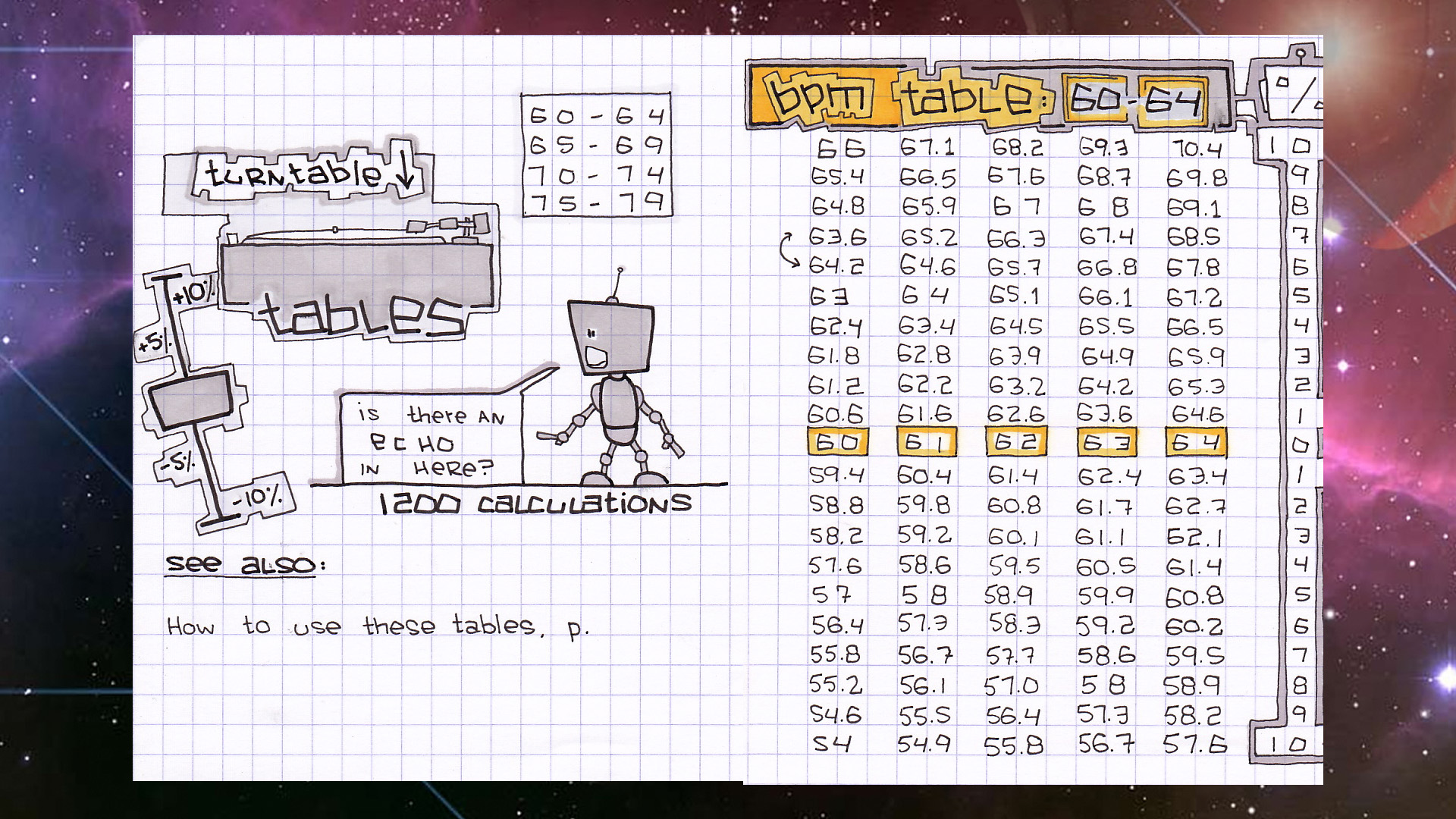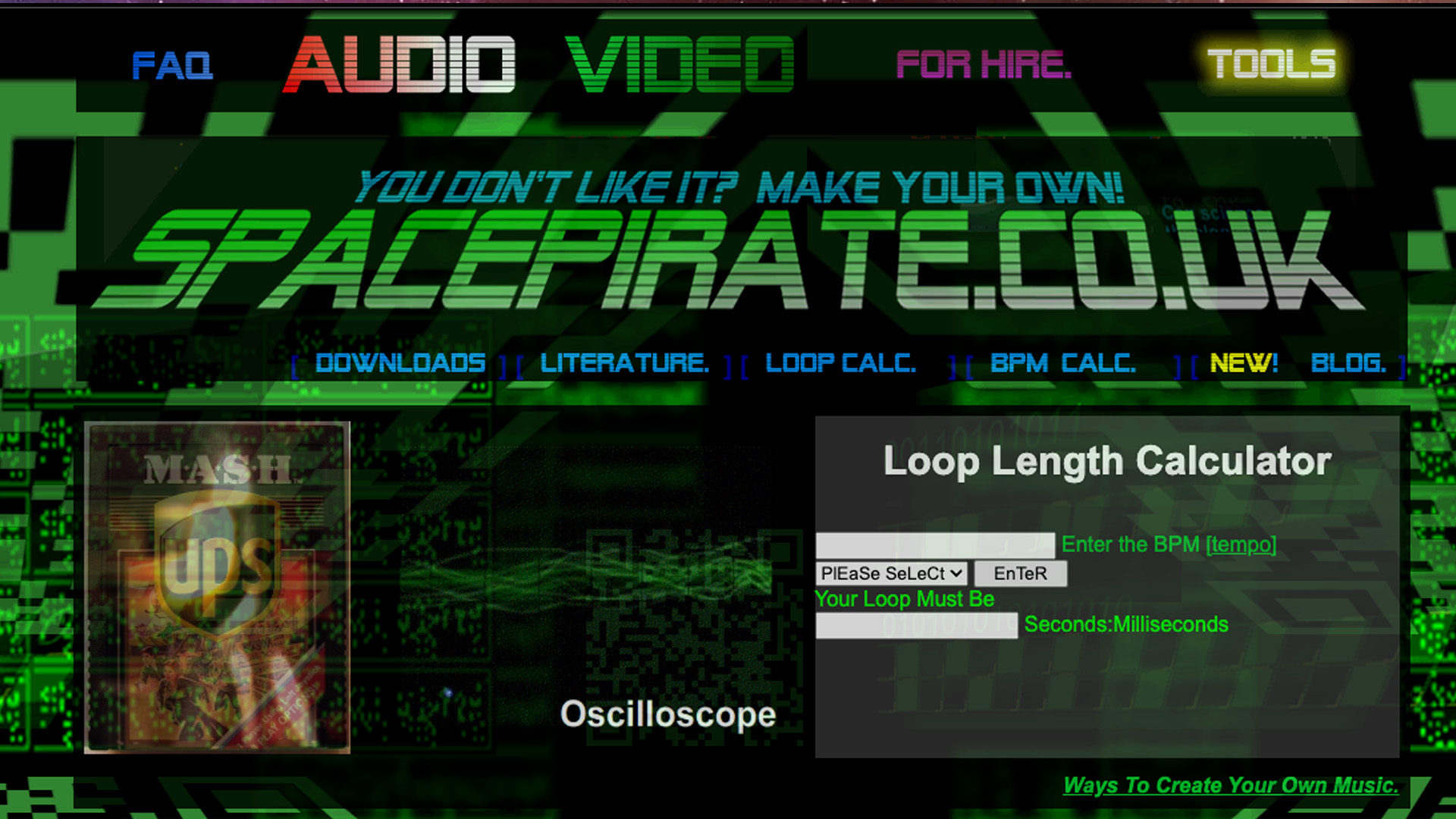Sampling in music first captured my attention in 1990 when MC Hammer released "U Can’t Touch This". It was instantly recognizable as a loop of Rick James’ "Super Freak" with added lyrics. To my 10-year-old self, it was a revelation: an old song could be transformed into something entirely new, just by recontextualizing its elements. This was the first time I fully realized that producers could essentially "copy and paste" tracks to create fresh hits. Inspired by this discovery, I began curating lists of songs from the backseat of my parents’ car—songs I thought had the potential to be reinvented in a similar way.
One album that stands as a pinnacle of sampling is Paul’s Boutique, the sophomore effort by the Beastie Boys. Released in 1989, it was crafted with the Dust Brothers, who would later work on Beck’s Odelay. What makes Paul’s Boutique such a landmark is its sheer audacity: it’s estimated to contain anywhere from 200 to 300 samples, seamlessly woven together into an intricate musical tapestry. The album didn’t just dabble in sampling—it went all-in, creating something entirely new from fragments of funk, rock, and soul, among other genres. It was a revolutionary approach to music production.
Interestingly, I didn’t hear Paul’s Boutique until 1997, nearly eight years after its release. Why? Because the album, despite its groundbreaking techniques, was a commercial flop at the time. Rolling Stone magazine gave it 3.5 out of 5 stars, describing it as a "dizzying pastiche of styles and sources," but it didn’t resonate with the mainstream audience in the way their debut, Licensed to Ill, had. Whereas Licensed to Ill debuted at #1 on the Billboard 200 and featured radio-friendly hits, Paul’s Boutique peaked at #24, with none of its tracks gaining significant airplay. It seemed destined to be overshadowed.
However, there’s more to Paul’s Boutique than its initial reception. Over time, it has been re-evaluated and is now considered a masterpiece of sample-based production. Its lack of commercial success during its release didn’t diminish its lasting influence on the music industry. It serves as a testament to how innovative production techniques can transcend immediate popularity, cementing its place in music history as an unparalleled collage of sound.
Exploring the legality of sampling is essential to understanding the core concepts behind Space Pirate. While on the surface it may seem like just another mashup music project among many, there’s a deeper narrative at play. Admittedly, my methods are neither groundbreaking nor flawless—they’re unpolished compared to industry standards and often yield mixed results. But that’s precisely the point. To fully grasp the essence of this project and its purpose, we need to examine the legal history of sampling and its relationship with intellectual property. Let’s dive in.



